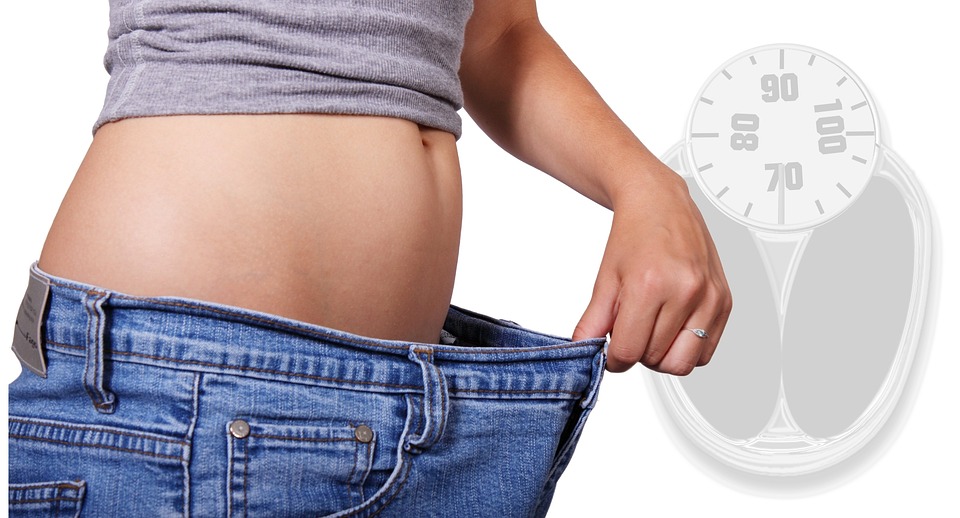Breaking Down Liposuction: How It Works and Who It’s For
Liposuction is a popular cosmetic procedure that aims to remove excess fat from specific areas of the body. It is designed to sculpt and contour the body, helping individuals achieve their desired shape and silhouette. In this article, we will delve into the intricacies of liposuction, exploring how it works and identifying who can benefit from this procedure.
Understanding Liposuction
Liposuction, also known as lipoplasty or simply lipo, is a surgical technique that involves the removal of excess fat deposits from various areas of the body. It is an effective method to target stubborn fat that is resistant to diet and exercise. The procedure can be performed on different body parts, including the abdomen, hips, thighs, buttocks, arms, and even the neck and chin.
The primary goal of liposuction is to improve body contours and proportions by removing unwanted fat. It is important to note that liposuction is not a weight loss solution or a treatment for obesity. Instead, it is best suited for individuals who are close to their ideal body weight but struggle with localized areas of fat that are difficult to eliminate through traditional methods.
How Liposuction Works
Liposuction involves several steps to ensure safe and effective fat removal. The procedure is typically performed under general anesthesia or local anesthesia with sedation, depending on the patient’s preferences and the extent of the treatment.
1. Treatment Area Preparation: The surgeon marks the specific areas on the patient’s body where fat removal is desired. These areas are cleaned and sterilized to minimize the risk of infection.
2. Anesthesia: Anesthesia is administered to ensure the patient’s comfort and minimize any potential pain or discomfort during the procedure.
3. Incision: Small incisions are made near the treatment areas. These incisions are strategically placed to minimize scarring and are typically less than half an inch in length.
4. Tumescent Solution: A tumescent solution, consisting of a saline solution mixed with local anesthetic and adrenaline, is injected into the treatment areas. This solution helps numb the area, constrict blood vessels, and facilitate fat removal.
5. Fat Removal: The surgeon inserts a thin tube called a cannula through the incisions. The cannula is connected to a vacuum device or syringe, which suctions out the excess fat deposits. The surgeon carefully maneuvers the cannula to break up and remove the fat cells, sculpting the desired contours of the body.
6. Closure: Once the fat removal is complete, the incisions are closed using sutures or adhesive strips. Compression garments or bandages may be applied to support the treated areas and help reduce swelling.
The duration of the procedure depends on the number of areas being treated and the amount of fat being removed. It can range from one to several hours.
Who Can Benefit from Liposuction?
Liposuction is suitable for individuals who have tried to lose weight through diet and exercise but still struggle with stubborn pockets of fat. It is important to understand that liposuction is not a substitute for a healthy lifestyle, but rather a complementary procedure to enhance body contours.
Good candidates for liposuction typically meet the following criteria:
- Have localized areas of excess fat that do not respond to diet and exercise
- Are at a stable weight and close to their ideal body weight
- Have good skin elasticity to ensure proper contouring after fat removal
- Are in good overall health, with no underlying medical conditions that may impair healing
- Have realistic expectations about the outcomes of the procedure
It is crucial to consult with a board-certified plastic surgeon to determine if liposuction is the right option for you. The surgeon will evaluate your specific needs, assess your medical history, and discuss the potential risks and benefits associated with the procedure.
Frequently Asked Questions (FAQs)
Q: How long does it take to recover from liposuction?
A: Recovery time varies for each individual, but most people can return to work and resume their normal activities within a week or two. It is important to follow the surgeon’s post-operative instructions, which may include wearing compression garments, avoiding strenuous activities, and attending follow-up appointments.
Q: Are the results of liposuction permanent?
A: The fat cells removed during liposuction are permanently eliminated. However, it is crucial to maintain a healthy lifestyle to prevent weight gain in other areas. Significant weight fluctuations can affect the overall results of the procedure.
Q: Are there any risks or complications associated with liposuction?
A: As with any surgical procedure, liposuction carries some risks and potential complications. These may include infection, bleeding, fluid accumulation, numbness, scarring, and changes in skin sensation. It is important to discuss these risks with your surgeon and follow all pre- and post-operative instructions to minimize the chances of complications.
Q: Can liposuction treat cellulite?
A: Liposuction is not designed to treat cellulite. However, the procedure may improve the appearance of cellulite indirectly by removing excess fat and improving overall body contours.
For more information on liposuction and its benefits, you can visit exampleliposuctionwebsite.com.




